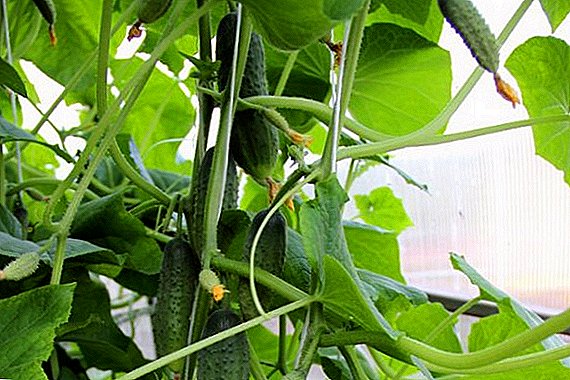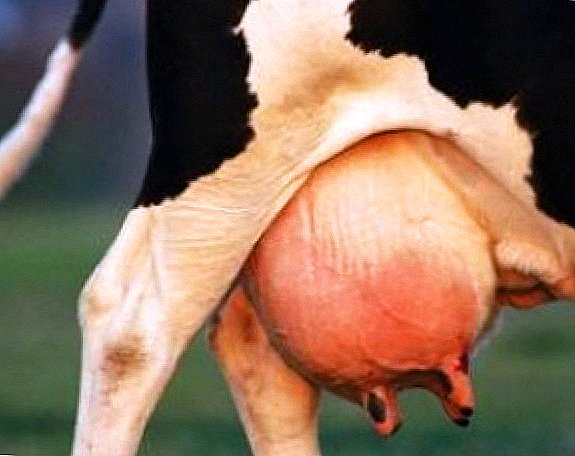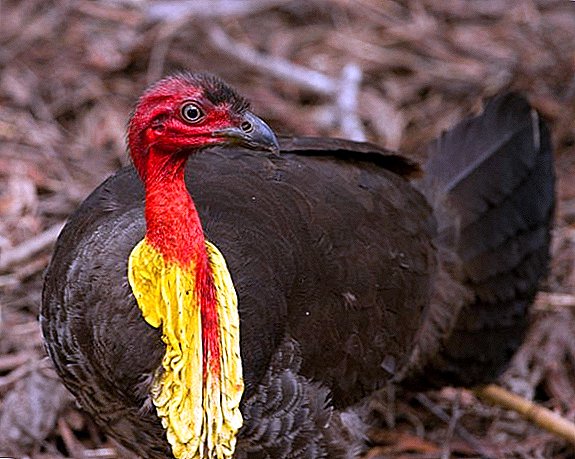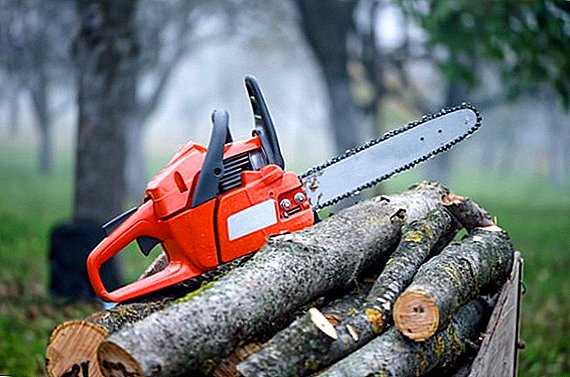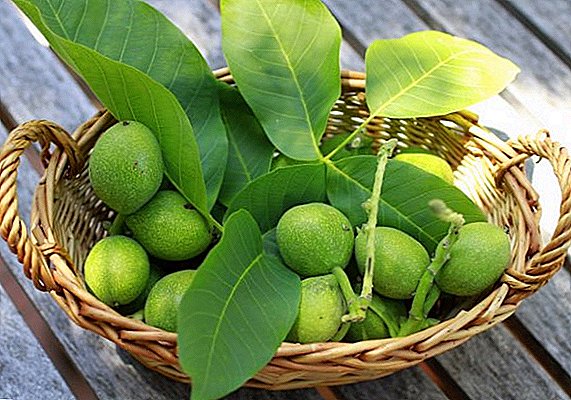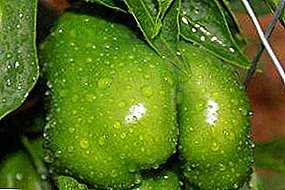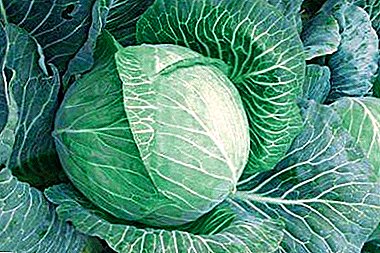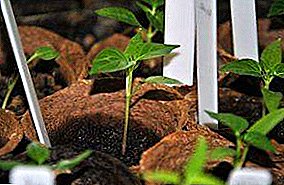
The weak root system of the peppers does not tolerate picking and transplanting.
In order not to injure young plants, it is better to grow them in individual pots.
These can be peat containers that move to the ground with seedlings, or spacious ceramic and plastic pots for growing at home.
How to plant peppers for seedlings in peat pots?
For home cultivation, suitable varieties and hybrids of sweet peppersforming compact, not too tall bushes (from 40 to 70 cm). Such peppers can be both small and large-fruited. Varieties with small thick-walled fruits look especially decorative.
In the stage of physiological ripeness they become bright red, pale yellow, orange, pink or brownish brown. For the cultivation of pepper seedlings in peat pots, miniature forms that form bushes with a height of 10-30 cm are perfect.
Pepper seedlings can be sown in containers, but individual peat pots are much more convenient. Grown plants are moved to the ground or to the greenhouse directly in the peat container. The roots are not injured, the displaced plant does not linger in growth and forms the ovary more quickly.

Among the additional benefits of pots:
- availability;
- air permeability, ensuring the normal development of plants;
- variety of sizes.
Sowing time of seedlings depends on the variety. Early ripe peppers land in the ground at the age of 65 days, late ripening grow up to 75 days.
In which pots plant pepper for seedlings? For sowing seeds fit average pot volume. They are filled with a light soil mixture of equal parts of garden soil and old compost. For greater nutritional value, superphosphate and wood ash can be added to the substrate. The soil is thoroughly mixed and lightly crushed.
Pre-soaked seeds placed in each container with a depth of 1.5 cm. Landings can be sprayed with warm water from a spray bottle, after which the cups are tightly placed in a tall container. So that they do not tip over, you can use a special pallet with clamps for the bottoms.
Is it possible to dive two peppers in one pot? Yes, it is even preferable. When sprouts appear, you can remove the weaker, and leave the strong one for further cultivation. The method helps to avoid traumatic picks, the plant spends the entire seedling cycle in a peat pot.
To speed up germination pots can be covered with glass or a damp cloth. After the emergence of plant shoots watered with warm distilled water 1 time in 5 days. It is important not to fill in young saplings, the pots should keep their shape, not soaking.
Ideal temperature for germination - 26-28 degrees, after the appearance of sprouts, the temperature is reduced by 4-5 degrees. For successful development, young peppers are exposed to a bright light, in the cold season it is recommended to light up the plants with electric lamps.
Potted seedlings transplanting when to do it? After 2.5-3 months, young peppers are ready for transplant. They can be moved to a greenhouse, open ground or transplanted into a large pot for home growing.
Pots for home and garden: what to choose?
 A variety of pots and pots - a great option for placing peppers. Plants can be put on a loggia or veranda, or even brought into the garden.
A variety of pots and pots - a great option for placing peppers. Plants can be put on a loggia or veranda, or even brought into the garden.
With regular feeding and attentive watering, the adult fruiting peppers will feel quite comfortable.
The most economical option - plastic pots. They are inexpensive, easy to wash, for sale there are products of different colors and volumes. For one compact bush enough volume of 5 liters. You can plant 2 or even 3 plants in larger pots.
Small decorative peppers can be planted in small containers of up to 3 liters. The shape of the pots can be any: cylindrical, round or square. Some gardeners use suitable dishes as containers, for example, pots, deep pots or buckets.
When choosing capacity, it is important to remember: the smaller the pot, the faster the soil dries out. Plants in small pots have to be watered more often. For home cultivation, it is worth choosing containers with a hole and a deep tray for water flow. This will help avoid stagnant moisture in the soil, which the peppers do not like.
Growing rules
How to plant peppers on seedlings in peat pots? Before transfer new pots are thoroughly washed and soaked in potassium permanganate solution. Pots that have already been used, you can not wash, enough to release them from the old soil and fill with fresh soil on the basis of humus. At the bottom of the tanks can be laid out a layer of drainage: pebbles or expanded clay. In very large vases, only half of the land can be changed.
It is not recommended to plant young seedlings in the soil in which the peppers are already growing.
Do not fill the pots with purchased soil. It consists almost entirely of peat, poor in nutrients and non-retaining water. If necessary, the finished substrate can be mixed with turf and garden soil. Add a little superphosphate or ash to the ground.. Some gardeners pour in and pounded charcoal.
 A hole is dug in the soil corresponding to the size of the peat pot. It moves the plant and sprinkled with earth.
A hole is dug in the soil corresponding to the size of the peat pot. It moves the plant and sprinkled with earth.
The edges of the peat tank should not rise above the ground surface. After transplanting, peppers are poured with warm water.. In the first days of transplanted plants better pritenyat from too bright sun.
The great advantage of pots is mobility. They can be rearranged anywhere in the balcony, veranda or garden. On particularly hot days, the peppers are shifted to partial shade, but the plants should be spent most of the day in the sun. Peppers very light-requiring, with a lack of ultraviolet light, they stretch out, the leaves curl and shallow, and the fruits are not tied.
It is important to monitor the temperature. On warm days you need to open the windows or put the plants on the air. With the onset of frost, peppers are brought into the apartment or on the glazed veranda. Cold peppers do not like chilling below 15 degreesThe optimum temperature for them is 20-25 degrees during the day and 18-20 degrees at night.
Peppers like moisture and need abundant watering with soft settled water room temperature. It is not recommended to water the bushes under the root, the best option is to irrigate the land in a pot of fine-leaved watering can. Mulching with humus, sawdust or walnut husks will help preserve moisture in the soil.
Worth taking care of fertilizers. The soil in the pot is quickly depleted for normal fruiting requires a more nourishing soil. Twice a month, the plants are watered with an aqueous solution of complex fertilizers. Peppers love nitrogen-containing complexes, but they cannot be abused so as not to slow down flowering.
Grown bushes need support. A peg for tying is best placed in a container when transplanting a young plant. Sticking the support into the ground later can injure the roots.
 Peppers in pots placed in an apartment or on a balcony may suffer from pests: aphids, spider mites. The reason is too dry air, overcrowding of plants, insufficient watering.
Peppers in pots placed in an apartment or on a balcony may suffer from pests: aphids, spider mites. The reason is too dry air, overcrowding of plants, insufficient watering.
For the prevention of the pots should be placed at a distance from each other. Plants must often be sprayed with warm water.
Water infusions of bio-preparations acquired in gardening stores will help to get rid of insects that appear. Effective replacement - infusions of onion peel, calendula or yarrow. Spraying is carried out until complete elimination of parasites. Bio-preparations are non-toxic and safe for fruit-bearing plants.
At home, peppers can bear fruit before winter. Fruits are cut with a sharp knife in the phase of technical or physiological ripeness. Abundant watering, bright lighting and top dressing should be maintained throughout the entire period of fruiting. When the ovary ceases to form, the plant can be retired.
Potted peppers are a great alternative to expensive greenhouses. The yield of such plants is higher than those that grow in open ground. In addition, the pot content prolongs the fruiting period and is very inexpensive to maintain. Having tried such cultivation, many vegetable growers later completely switch to planting peppers for seedlings in peat pots, freeing up space in greenhouses for other crops.
Useful materials
Read other articles on pepper seedlings:
- How to grow black pepper peas, chili, bitter at home?
- What are growth promoters and how to use them?
- The main reasons why seedlings fall and die.


